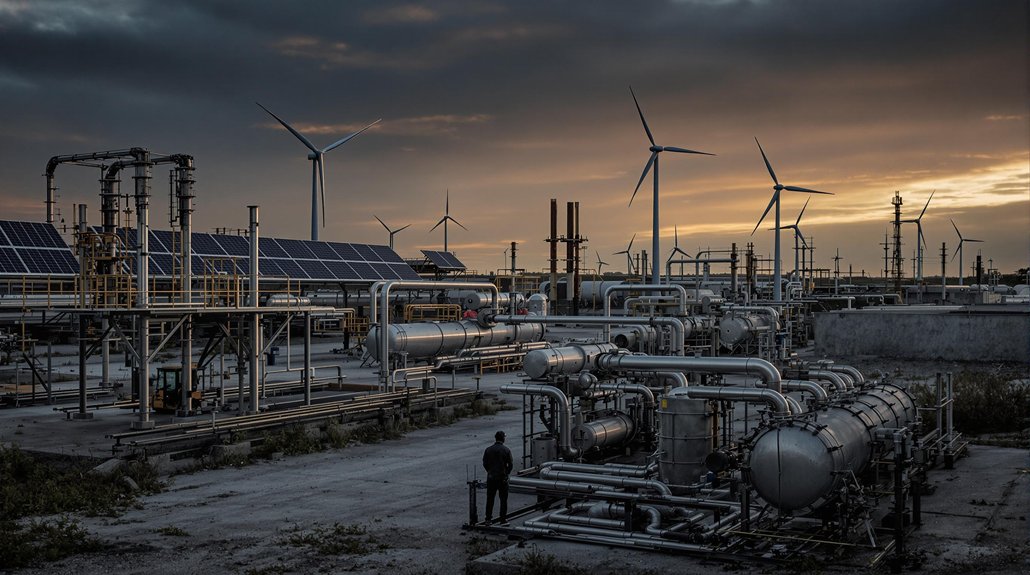Scientists have developed groundbreaking solar panels made from lunar dust, reducing space mission costs by 99%. These moon-made panels use perovskite technology to create lightweight energy sources that generate 100 times more power per gram than traditional cells. The innovation enables sustainable lunar living by using local resources instead of expensive Earth shipments. NASA’s upcoming Artemis mission will test these panels, which could transform how humans live and work beyond Earth’s atmosphere.
Scientists have made a breakthrough in space technology that could change how we live on the moon. They’ve developed solar panels made from lunar dust that can turn sunlight into electricity. The panels use special crystals called perovskites on glass made from moon soil.
This new technology cuts the weight of materials that need to be launched from Earth by 99.4%. That’s a huge saving because sending things to space is very expensive. The less we need to send from Earth, the cheaper moon missions become.
These moon-made panels have several advantages over regular solar panels. They’re cheaper, easier to make, and hold up better against space radiation. Scientists tested the idea by melting simulated moon dust into glass and found it works well.
The new panels produce 100 times more energy for each gram of material compared to traditional solar cells. This means lunar bases can have plenty of power without needing constant supply missions from Earth.
With 100x energy per gram, these moon-made panels ensure lunar bases stay powered without constant Earth resupply.
Another benefit is that moonglass doesn’t darken when exposed to radiation like Earth-made glass does. This means the panels keep working efficiently for longer periods in the harsh moon environment.
The manufacturing process is straightforward. Moon soil is melted to create glass, then perovskite crystals are applied to form working solar cells. Current moonglass solar panels reach 10% efficiency but researchers believe this could eventually increase to 23%. Everything can be made right on the moon’s surface. The research team led by Felix Lang from the University of Potsdam has pioneered this innovative approach to sustainable lunar power generation.
These panels will help power future moon bases, including NASA’s Artemis missions. They’ll support mining operations, research stations, and living quarters for astronauts.
The technology also has environmental benefits. By making things on the moon, we reduce space debris from transport rockets. It also uses resources already on the moon instead of depleting Earth’s materials. Similar to geothermal energy on Earth, this technology offers minimal land use compared to traditional power generation methods.
This innovation brings us closer to long-term, sustainable living beyond Earth. With local production of essential energy equipment, humans can stay on the moon longer with fewer supply missions from home.








